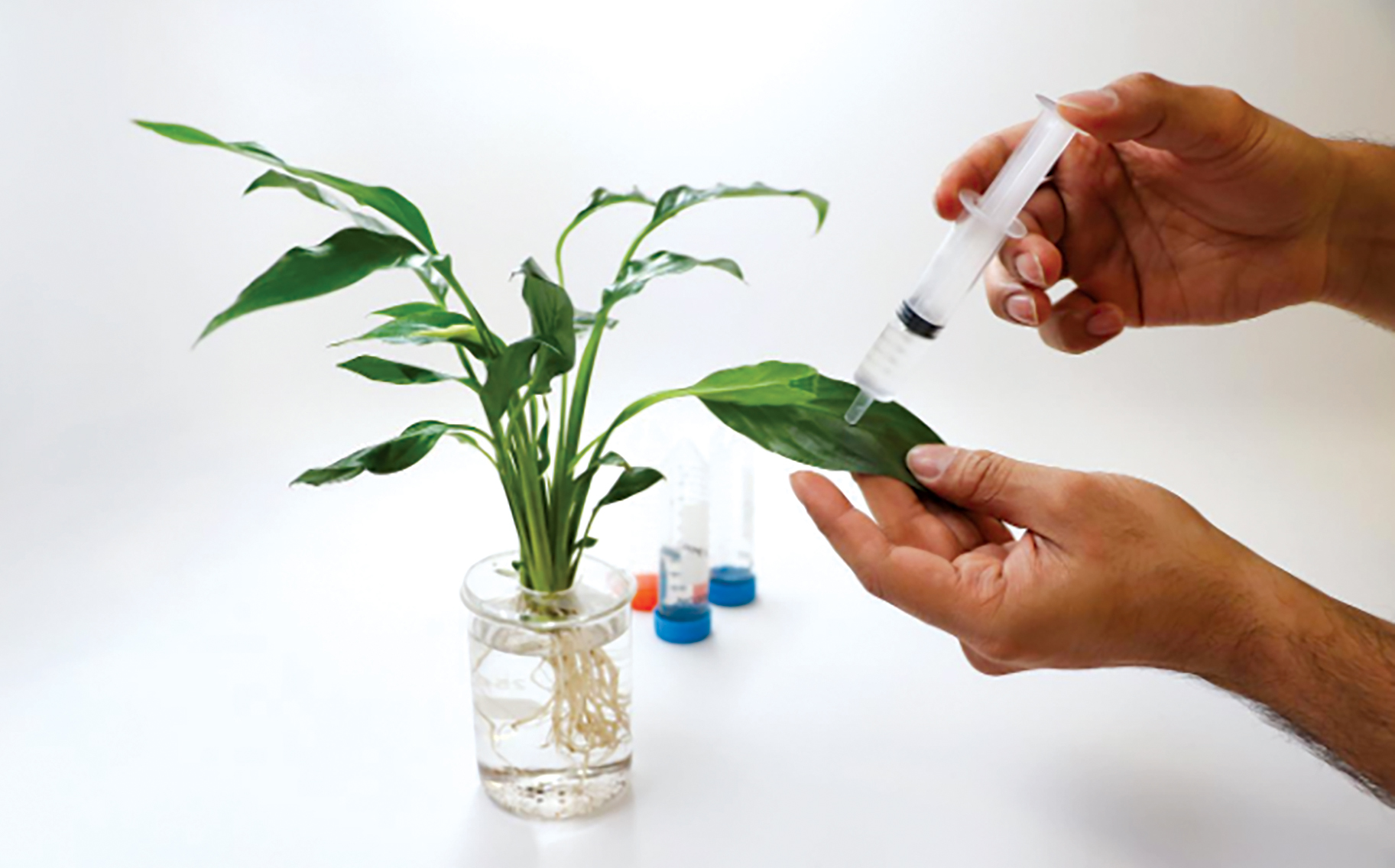
Ever thought about what inspired the design team behind your Macbook to add an almost invisible button on the side that tells you the remaining battery life on pressing it? Or the ever-changing interface of Facebook on our devices, in the guise of improving the user experience. Since innovation wasn’t enough to keep a product relevant, designers are now increasingly working on adding different kinds of user experience to their products, in order to give it an edge over the others.
With technology dominating our lives today, companies across the world have dedicated their resources in ensuring a smooth human-computer interaction. As famously quoted by Mitchel Resnick, with a few hundred apps on the apple store in the initial days to some millions of those sustaining currently, even with a single device, we are exposed to a plethora of experiences through digital products available at these virtual markets.
Every product needs support from both technology and design departments, and the faculty of experience design is where these teams collaborate to create works that are truly a marvel. So much so that the lines between an engineer, a scientist and a designer have started to blur.
Earlier, the tech professionals dominated product innovations around the world with a clear agenda of solving problems, but recently a generation of practitioners from varied backgrounds have chosen to add a storyline to many bland pieces of works.
The current generation of makers is hands-on. While all possible knowledge and technical support are available online, it is an experience with a thought that takes a lead for many projects that are not only innovating but an exceptional way through which we interact with life around us.
Harpreet Sareen, who currently serves as a professor of media and interaction design at the Parson’s School of Design, started as a creative engineering lead at a Bangalore-based studio. This is where he honed his knowledge in world-class technologies, in creating experiences as a storyteller. With an interest in Biology, he worked on various creative projects during his time as a researcher at the MIT media labs, Kiev University and Google. His award-winning project, Cyborg Botany, connects plants to our digital life. Imagine controlling your devices by touching the plant’s surface or changing the lighting in a room through similar human-plant interaction.
One of his other projects — a system that recreates weather conditions of a place in a small transparent box through artificial light, rain and clouds on verbal inputs — is another way through which he is reimagining our relationship with plants and technology.
Even though creating an experience may not be limited to digital or physical interfaces, it is the various kinds of technologies that experienced designers are employing around the world that render some experiences almost magical. For example, units such as Google Home or Alexa by Amazon have enabled a lot of voice-controlled applications and in each case, it is the experience that comes off as unique. Alexa will tell jokes, pronounce words correctly for you, tell you the temperature in a city, control the lighting and thermostat in a room, send an email or call a person, just by verbally directing her to do these things. And the possibilities are limitless here.
While a lot of these technologies get converted into usable products every day, there are only a handful of such initiatives taken by India-based product giants. Services like Ola and Zomato took its own time to really make a mark in people’s life. With 39% of smartphone users in India, it is the app-based products and services that take a lead here. From shopping and watching shows to using bunny ears as a filter, are a few ways in which the local population is using these personal devices to call for various experiences.
Thus, a widened visual experience is what we get most of the time, where Netflix will place all the films on a screen at the right place, focusing on content that one has not finished watching. Or an app like Zomato, apart from ordering food, will also enable you to do your bit towards the victims of the cyclone Fani in Orissa.
As a team of experienced designers works behind every digital/physical tool you can imagine in your life, it is a rare group of people who will make you jump out of your seats with their innovative experiences made out of the simplest of technologies available. Some will defy Nature, giving a plant kept on our worktable a role in our digital life.
The case was registered on the complaint of Akbar, who alleged that the accused had…
The capital exceeded the PM10 standard on 285 days during the year, the Centre for…
The previous coldest January day in the past years was recorded on January 15, 2024,…
Ahead of her January 11 Delhi concert, legendary vocalist Begum Parveen Sultana reflects on her…
Sood said universities are no longer limited to academic instruction and are increasingly emerging as…
The accused has allegedly confessed his involvement and further investigation is underway to recover the…